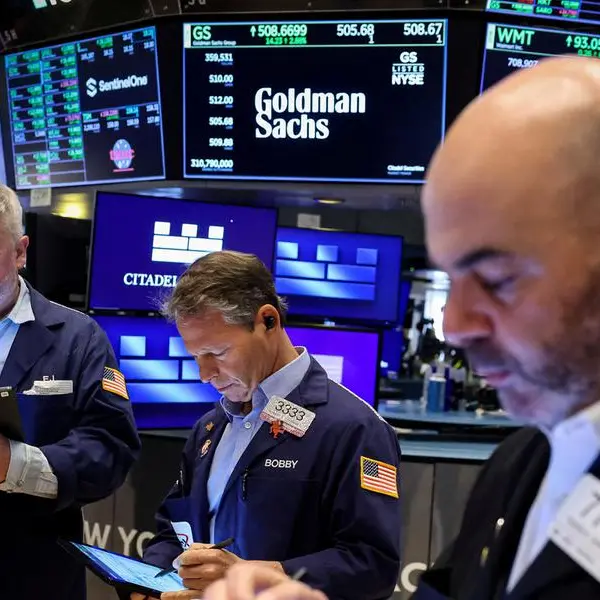PHOTO
OTTAWA - Canada's annual inflation rate eased more than expected in August even as food prices rose at their fastest pace in 41 years, data showed on Tuesday, with economists saying now smaller rate hikes may be best.
The country's annual inflation rate slowed to 7.0% in August, below analyst forecasts of 7.3% and down from 7.6% in July. The deceleration was largely due to lower gasoline prices and slower gains in the shelter index, Statistics Canada said.
On the month, the consumer price index fell 0.3%, the largest decline since early in the COVID-19 pandemic. On the other hand, the price of food purchased from grocery stores gained 10.8% on the year, the most since August 1981.
While inflation appears to be easing off peak levels, it remains far above the Bank of Canada's 2% target. The central bank has hiked its policy rate by 300 basis points in just six months to tackle surging prices.
The inflation data "probably suggests to the Bank of Canada that hikes are starting to work but they are by no means done," said Michael Greenberg, SVP and portfolio manager at Franklin Templeton Investment Solutions.
"It has maybe taken down some of the risk of a supersized rate hike in Canada in October, but clearly there is still more wood to chop."
All three core measures of inflation, which taken together are seen as a better indicator of underlying price pressures, eased slightly in August, with the average edging down to 5.2% from an upwardly revised 5.4% in July.
"It's still a highly inflationary environment, from the Bank of Canada's perspective," said Andrew Kelvin, chief Canada strategist at TD Securities, adding rates seem to now be restrictive, so "the safest course of action is to slow down."
Still, much will come down to consumer and business inflation expectations, due in two surveys to be released by the central bank next month.
"I think ultimately the really important thing will be the evolution of inflation expectations," said Kelvin.
The Bank of Canada hiked its policy rate by 75 bp to 3.25% this month and left the door open to another oversized increase, saying it continues to see front-loading as the best way to battle fast-rising prices.
Money markets bets on a 50-bp hike at the October rate decision eased slightly following the data, though the larger move was still favored over a standard 25-bp increase.
The Canadian dollar was trading 0.5% lower at 1.3320 per U.S. dollar, or 75.08 U.S. cents.
(Reporting by Julie Gordon in Ottawa, additional reporting by Dale Smith and Steve Scherer in Ottawa and Fergal Smith in Toronto; Editing by Chizu Nomiyama)





















